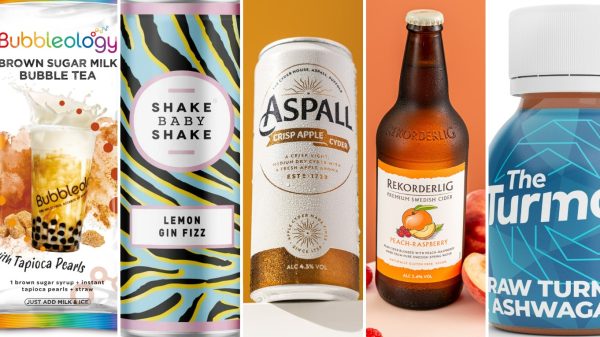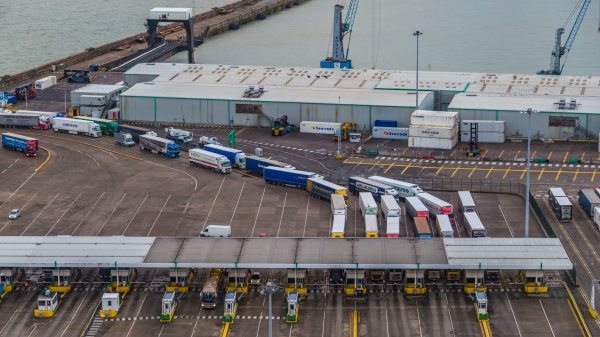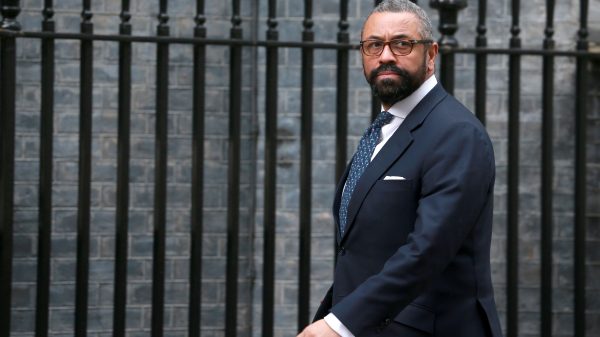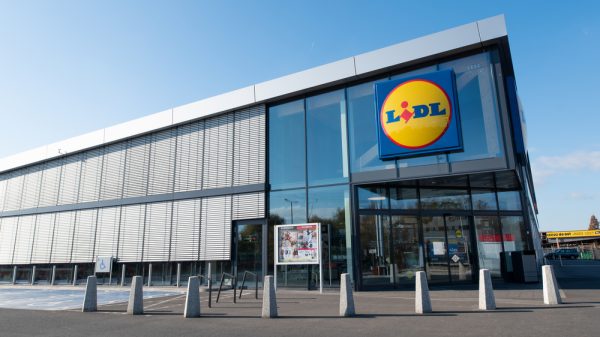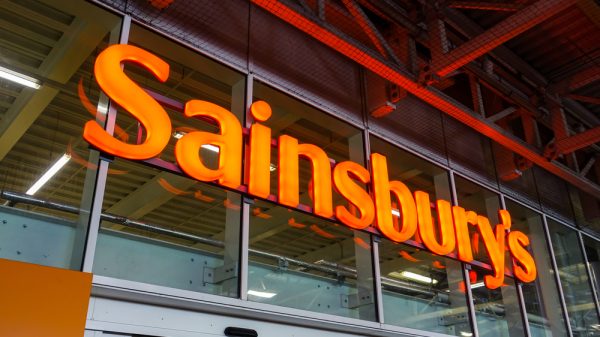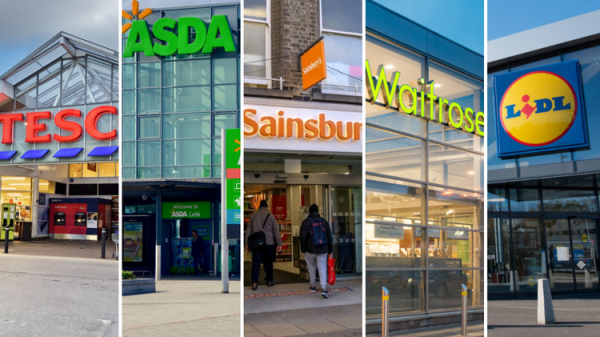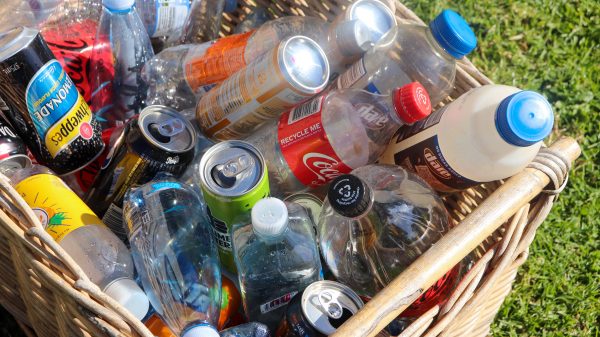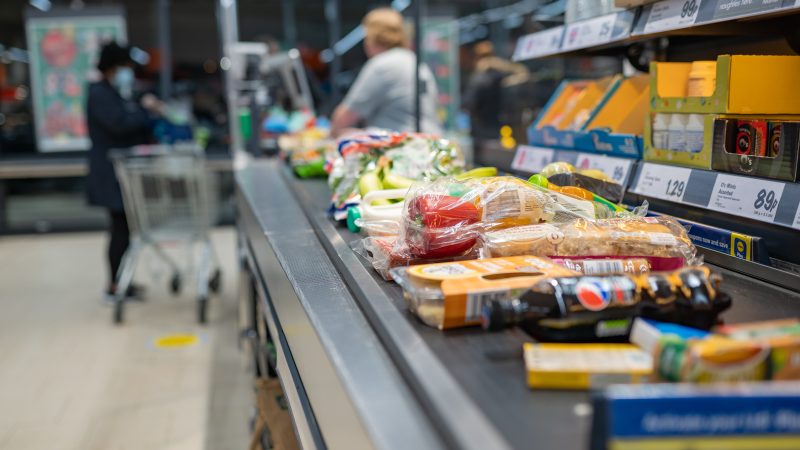Food inflation has soared in the UK over the past year and all, from retailers to hardpressed consumers, are eager for this to ease.
Finally there are signs that this is starting to happen.
According to the BRC, food inflation eased from 15.7% last month to 15.4% in May, which has lifted hopes that rocketing grocery price rises may have reach their peak.
While the decrease in May was modest, the BRC said it indicated that food-price inflation had peaked and was beginning to come down.
BRC chief Helen Dickinson points out that lower prices are starting to be seen in staples including butter, milk, fruit and fish.
Most of the big supermarket chains have fired the gun on targeted price cuts in areas such as milk and diary over recent weeks.
Does that mean that inflation is finally coming to an end?
Shore Capital director Clive Black thinks so. “We believe UK food inflation has probably topped out, particularly for some commodity groups, however, upward price pressure persists.”
So, where have retailers been making price cuts? And what areas are likely to fall next?
Retailer price drops
Earlier this month, Sainsbury’s became the first retailer to reduce the price of its own-brand bread and butter with a 800g loaf down 11% and butter down 5%.
A Sainsbury’s spokesperson said: “We are committed to offering our customers the best value possible which is why we are working hard to keep prices low, especially on the everyday essentials people buy the most.
“We have been battling hard to beat inflation and whenever we are paying less for the products we buy from our suppliers, we will pass those savings on to customers.”
Subscribe to Grocery Gazette for free
Sign up here to get the latest grocery and food news each morning
Other retailers were quick to follow suit.
Within days Tesco, Lidl and Aldi dropped the price of bread and butter.
Tesco went a step further, unveiling further price cuts across 30 own-brand pasta and cooking oil, which in turn saw Aldi slash the price of the same products.
There now appears to be a race to see who can cut prices quicker.
Morrisons has cut the price of bread and cheese, Sainsbury’s the price of tuna.
The big question is what product prices will fall next?
Upcoming price cuts
Sainsbury’s CEO Simon Roberts predicted in late April that the prices of fresh food and milk will come down first, with groceries coming “a little bit later”.
“The prices that went up first and earliest, should come down first,” he says.
He seems to be right as wheat and dairy products are the first ranges to have seen dramatic price reductions.
Senior communications executive at the British Retail Consortium (BRC) Lara Conradie expects more food prices to drop in the coming months as “the cut to wholesale prices and other cost pressures filter through”.
She predicts that margarine/fats and dairy products are the main areas where cost savings will be seen next.
But not all areas will fall quickly.
Conradie says: “In terms of agricultural commodities, inflation remains high in cocoa beans, sugar, olive oil, rice, potatoes, and orange juice.
“While a lot of commodities are now experiencing deflation, those items are still experiencing positive or double-digit inflation – so these will likely be the last to fall.”
CEO of the British Meat Processors Assocation (BMPA), Nick Allen says that because of pressure on supply, farm prices for beef, lamb and pork are still “at a record high and look to stay that way for some time”.
“The lack of profitability in the UK farming sector means that many producers are cutting back on production as government support reduces, so less livestock is available in the UK,” he says.
Meanwhile, surging wheat prices over the last year have hindered pig production as it represents a significant input cost for the pork sector, according to Allen.
“While wheat prices have dropped in the last few weeks, it will take many producers the best part of 12 months to increase production again after recent cutbacks.
“We don’t see price cuts in the beef, lamb, and pork sectors cuts coming quickly because of the lack of supply and the lead time for ramping up production again.”
However, Allen points out that the average UK family spend on food is one of the lowest in the world.
“Given that we import at least 40% of our food, we cannot expect dramatic drops in food prices,” he adds.
The end of inflation?
While retailers are working hard to limit price increases for consumers, particularly on essential items, inflation is still likely going to take a while before returning to ‘normal’ levels.
Conradie explains: “Many supermarkets have seen profits fall in the last year due to the high cost of energy, transport, and labour, as well as higher prices paid to food manufacturer and farmers.”
But despite the squeeze on margins, “retailers are investing heavily in lower prices for the future,” she adds.
“Supermarkets have expanded their affordable food ranges, locked the price of many essentials, and continue to offer support to vulnerable groups.
“When cost pressures facing retailers do eventually ease, retail prices will follow fast as they fiercely compete for market share.”
Cost pressures might not have dissipated entirely but they are easing. Slowly but surely both retailers and consumers may feel the pressure lift.

